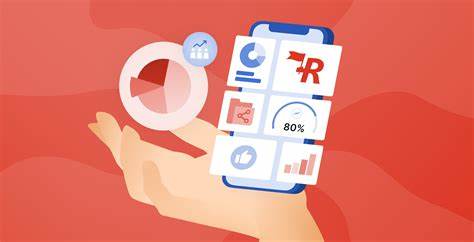In the era of digital transformation, data onboarding has become a crucial aspect for businesses of all sizes. Data onboarding is the process of integrating and transforming data from various offline sources, such as CSV and Excel spreadsheets, into a unified format. This process is critical for businesses that need to handle data from customers or analyze their own data to make more informed decisions. In this article, we will discuss the top five best practices for data onboarding in 2023.
-
Define your onboarding strategy
The first step in successful data onboarding is to define your overall strategy. This includes identifying the sources of data you want to ingest, the required format for new data, and the final destinations within your data pipeline. By limiting the types of data you collect and defining a clear vision of its desired final form, you can streamline the onboarding process and avoid surprises.
The strategy should also cover your budget and division of roles and responsibilities, such as which teams will be responsible for selecting and implementing software, enforcing privacy and governance policies, and maintaining the strategy in the future.
-
Embed onboarding directly into your stack
Using an embeddable data onboarding solution allows you to add reliable, self-service onboarding capabilities directly to your website or app. These solutions allow businesses to integrate data from various sources at a single centralized location. Because you embed it directly, you retain complete flexibility and control over the tool. Top-tier solutions include features such as data validation, data mapping, and data transformation. They also provide automation features that not only save time, but also reduce the risk of errors and improves data quality.
One example of a cutting-edge, embeddable data onboarding solution is Dromo. The platform includes a drag-and-drop interface for accepting many kinds of data directly within your app, AI-powered column matching, flexible data validation rules, an intuitive Excel-like review experience, and developer tooling to run the entire workflow programmatically. A tool like Dromo guarantees that any data it outputs will be in the format required by the rest of your data pipeline.
-
Prioritize data security throughout the onboarding lifecycle
Data security is critical for businesses that onboard sensitive data. This includes data that contains personally identifiable information (PII), financial data, and other confidential information. Businesses should prioritize data security during the data onboarding process to protect their data from cyber threats.
Prior to collecting any data, businesses should consider data privacy regulations such as GDPR and CCPA. These place restrictions on the type of data you can collect and store without specific permission. Failure to comply with these regulations can result in severe consequences, including fines and legal action.
During the onboarding process, businesses should insist against customers sending data by unsecured email, directing them to secure file transfer protocols or embedded software instead. Ideally, any onboarding software you use should have a trustless architecture that does not force customer data to transit any third party servers or networks.
After data has been collected, businesses should use security protocols such as encryption and role-based access controls to protect it. In short, data privacy best practices need to be built into every part of the data onboarding lifecycle.
-
Establish success metrics
To know whether your data onboarding process is effective, you should establish success metrics. Obviously, you should start with data quality metrics covering things like data completeness, accuracy, and consistency. In other words, you should have confidence that any data that makes it through the onboarding process is complete and error-free.
Less obviously, you should also establish metrics related to user outcomes, such as time-to-value and customer satisfaction. The data onboarding experience is often the first impression a customer has of your product. The faster you can get customer data into your product, the faster they can start to use it and the happier they are in the long run. Happier customers are less likely to churn and more likely to refer colleagues. This means that an investment in data onboarding in the short term can continue to pay dividends over the long term.
-
Safeguard your onboarding investment with proper data governance
Once the data onboarding process is over, you need to apply proper data governance processes. Data governance is the process of managing the availability, usability, integrity, and security of the data across your organization. Data governance ensures that data is reliable, high-quality, and compliant with regulations.
Data governance includes writing and enforcing policies, procedures, and standards that ensure that the data is used in a consistent and controlled manner. This includes data classification, access, and retention policies. Without proper data governance, all the work you did to onboard data in the first place can be for naught.
In conclusion, successful data onboarding requires businesses to define their overall strategy, embed onboarding directly in their stack, prioritize data security through the onboarding life cycle, establish success metrics, and implement proper data governance afterwards. By implementing these best practices in 2023, you can delight your customers; gain a competitive advantage; and get more data into your core systems faster, without compromising on data security or accuracy.



































